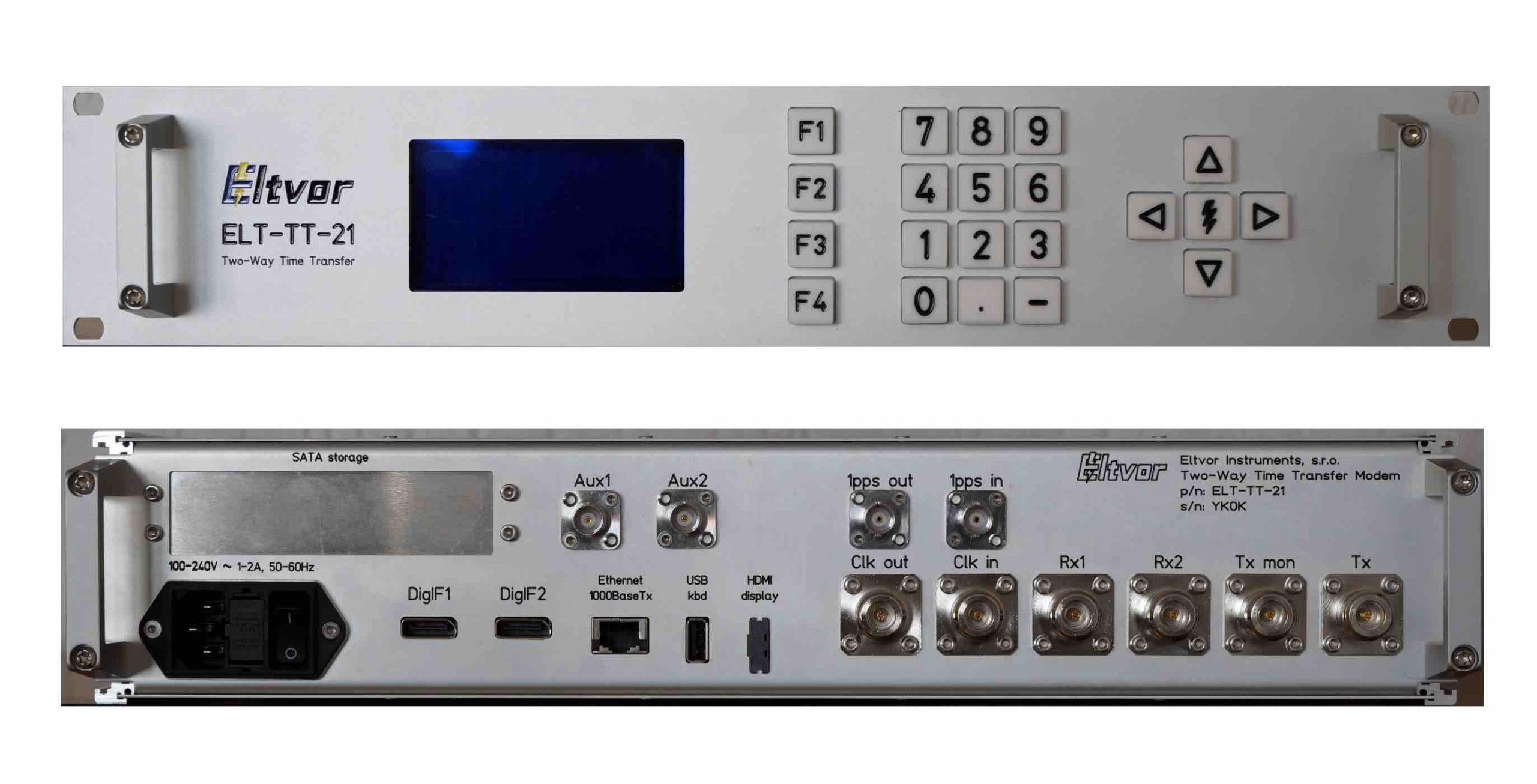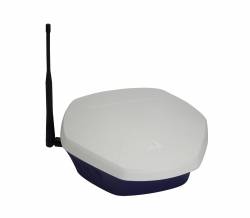In the world of high-precision timekeeping, accuracy is everything. The new Eltvor ELT-TT-21 modem marks a step forward in two-way, satellite time and frequency transfer (TWSTFT) technology.
Developed by the Czech company Eltvor Instruments, under the European Space Agency (ESA) NAVISP program, this fully digital modem offers a cutting-edge solution to longstanding limitations of analog-based systems.
The ELT-TT-21’s innovative digital architecture minimizes systematic errors and enhances accuracy. It is equipped with one transmission and eight reception channels, utilizing code division multiple access (CDMA)technology for robust and efficient signal handling. Fully compliant with Bureau International des Poids et Mesures (BIPM) and Coordinated Universal Time (UTC) TWSTFT standards, the new device ensures seamless integration into existing global time transfer networks. Additionally, it can be configured both manually and remotely, enabling operational adaptability across diverse environments.
Way forward
TWSTFT plays a crucial role in synchronizing clocks and measuring frequency differences across vast distances, using satellite bent-pipe transponders. These transponders act as passive relays, receiving signals from a ground station, amplifying them, and retransmitting them back to Earth. The effectiveness of this method depends on the performance of the modems that facilitate signal transfer.
Until now, analog modems have been in widespread use for TWSTFT, despite inherent performance limitations, including characteristic errors and susceptibility to interference. Etvor researchers wanted to develop a more advanced, fully digital modem that would exceed current, state-of-the-art performance, while being viable for small-scale industrial production.
Ready for service
At a recent event hosted by ESA, Eltvor Founder Marek Peca said results of laboratory testing of ELT-TT-21loopback performance were very positive. The modem exhibits a jitter level of only 0.5ps rms, improving significantly on legacy devices, and time stability on the order of 200fs after 100s.
Reception tests using one station in the Czech Republic with a 2.4M dish and Ku band terminal connected to the modem via GEO (SIGSO) achieved 65ps rms at an averaging time of 1s. A two-way transmission test between Pecny, Czech Republic, and ESA’s ESTEC facility in the Netherlands (780km baseline), with identical modems at each station, also gave very good results, Although the ELT-TT-21 is now considered market-ready, further tests have been proposed as part of a future NAVISP activity.






